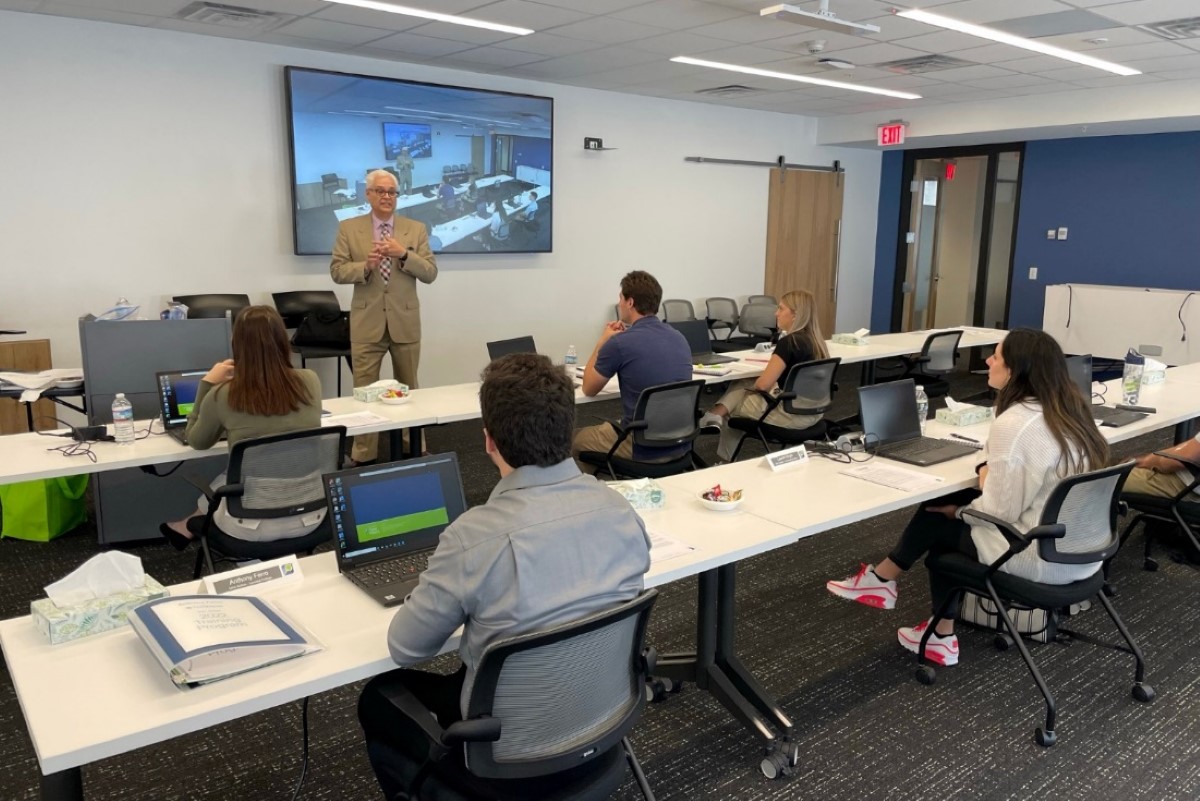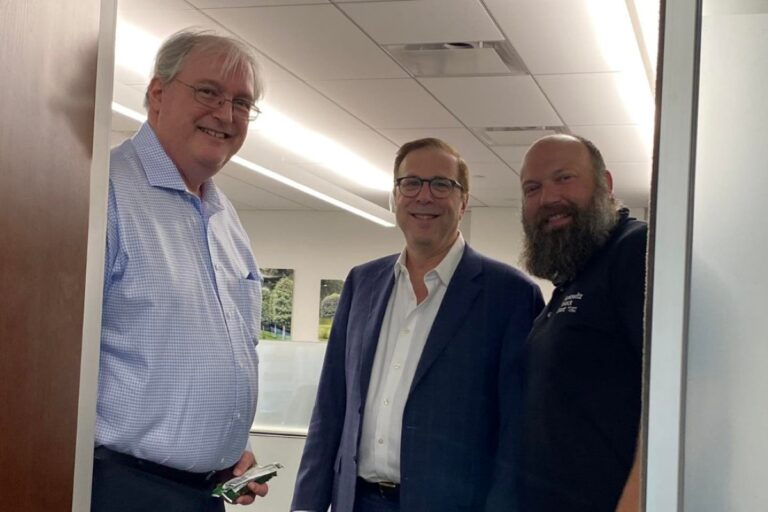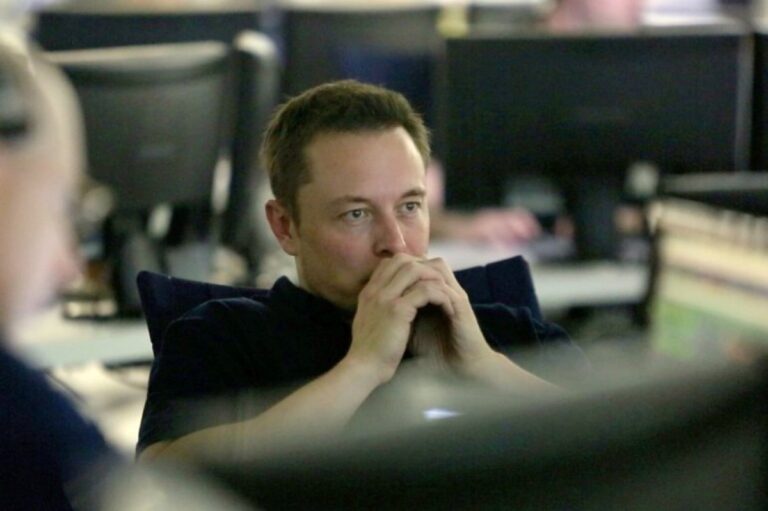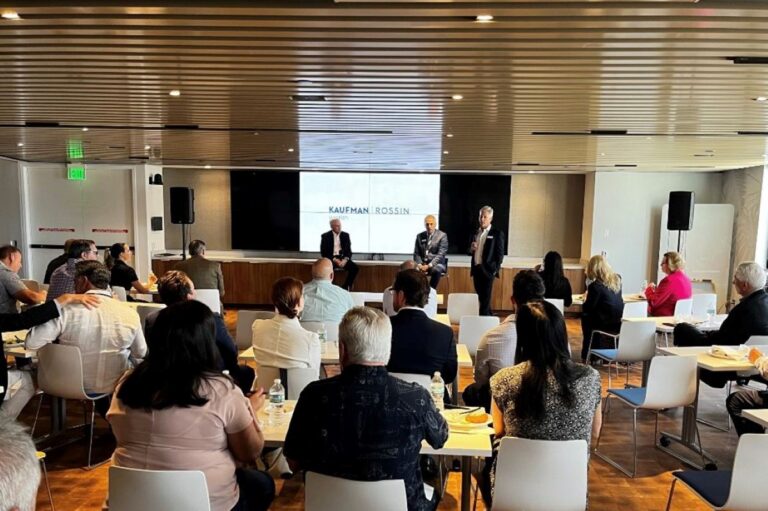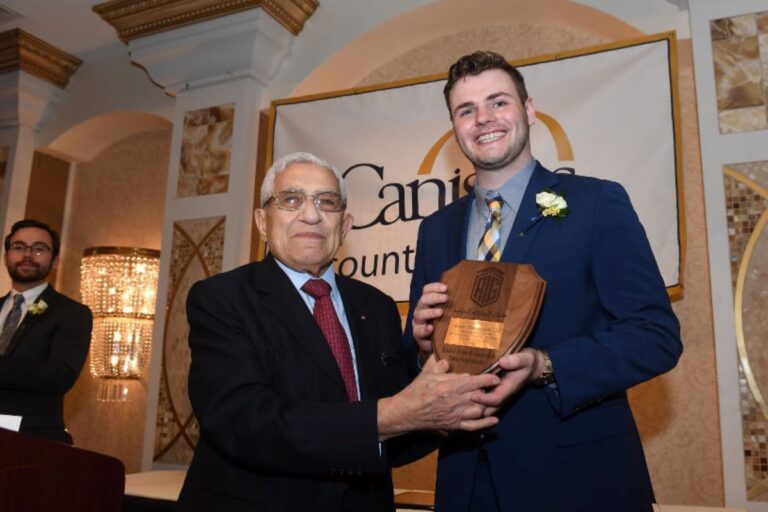Why Market Research Always Come First & Foremost
How important is market research prior to executing the desired business? Originally appeared on Quora: the place to gain and share knowledge, empowering people to learn from others and better understand the world.
I’m working with a startup right now that has 50, that’s right 50, direct competitors. 48 of the 50 competitors are startups, and the two other competitors are well known public companies.
That’s a lot of competition to say the least.
The company just raised $150 million in one week!
Despite how easy the fundraising was, “Ray”, the CEO, had a fundamental decision to make. Some of the potential investors would only give Ray money if he agreed to focus on Market A.
Market A was growing like crazy. It was going to be a multi-billion dollar opportunity in a few years.
But therein lies the problem: the other 48 startups were all focused on Market A.
Ray believed that the technology that his company developed was better than the other 48 competitors. The question was how much better?
And would whatever advantage he believed his company had be enough to sway customers? Ray realized after doing some soul searching that he didn’t know whether he would win.
Rule number one: Never enter a battle unless you know the outcome.
If you haven’t read The Art of War by Sun Tzu, you should. It’s an incredible book about strategy that I was fortunate to read very early in my career.
But I’ll save you some time by giving you two key takeaways from The Art of War:
A. Always remember the importance of spies.
In the military, spies are essential to understanding what the enemy is doing. The business equivalent of spies is competitive analysis.
If you don’t understand the strengths and weaknesses of your competitors. then you are dead in the water. And, just as importantly, you need to understand what they are going to do next.
The key mistake too many CEOs make is that they underestimate their competitors. You should assume that your competitors are smarter and better than you are.
B. Never fight a battle unless you know you will win before you fight.
Ray realized that there was a reasonable chance that at least one of the other 50 competitors might have something comparable to what he was developing. Not only that, a competitor might get there before he got there.
If Ray went after the bright shiny object that Market A represented, he might fail. Then all his hard work would go for nothing.
Fortunately, there was another market opportunity, Market B, that might be a good fit for Ray’s technology.
Rule number two: Hit ’em where they ain’t.
Have you ever heard of the legendary business strategist, Wee Willie Keeler? My guess is you probably haven’t.
Wee Willie’s primary claim to fame is that he was a Hall of Fame professional baseball player from 1892 – 1910. Willie was only 5′ 4″ and weighed only 140 pounds, so he certainly wasn’t going to outmuscle opposing pitchers.
Wee Willie had a career batting average of .341 and 2932 hits during his 19 years as a professional baseball player. How did he do it?
You see, Wee Willie is the true inventor of the Blue Ocean marketing strategy. In Wee Willie’s words it was, ““Keep your eye clear, and hit ’em where they ain’t.”
That’s the Blue Ocean marketing strategy:
A. You need to know who your competition is, and where they are positioned on the field.
That’s how you keep your eye clear.
B. Then you want to position your product/service/business in a unique way compared to your competition.
That’s how you hit ’em where they ain’t.
Or you can be 100X better than your competition. In other words hit a home run and win that way. Either way, you need to know who you’re competing with in order to win.
So Ray decided to focus on the slightly smaller, less sexy Market B. And, in doing so, he eliminated the 48 competitors focused on Market A.
Fortunately, there were investors that believed in Ray’s Market B strategy. Now he’s got investors that are aligned with him, a nice amount of money, and a clear playing field to go after.
Contributed by Brett Fox, Fmr CEO @ Touchstone Semiconductor

